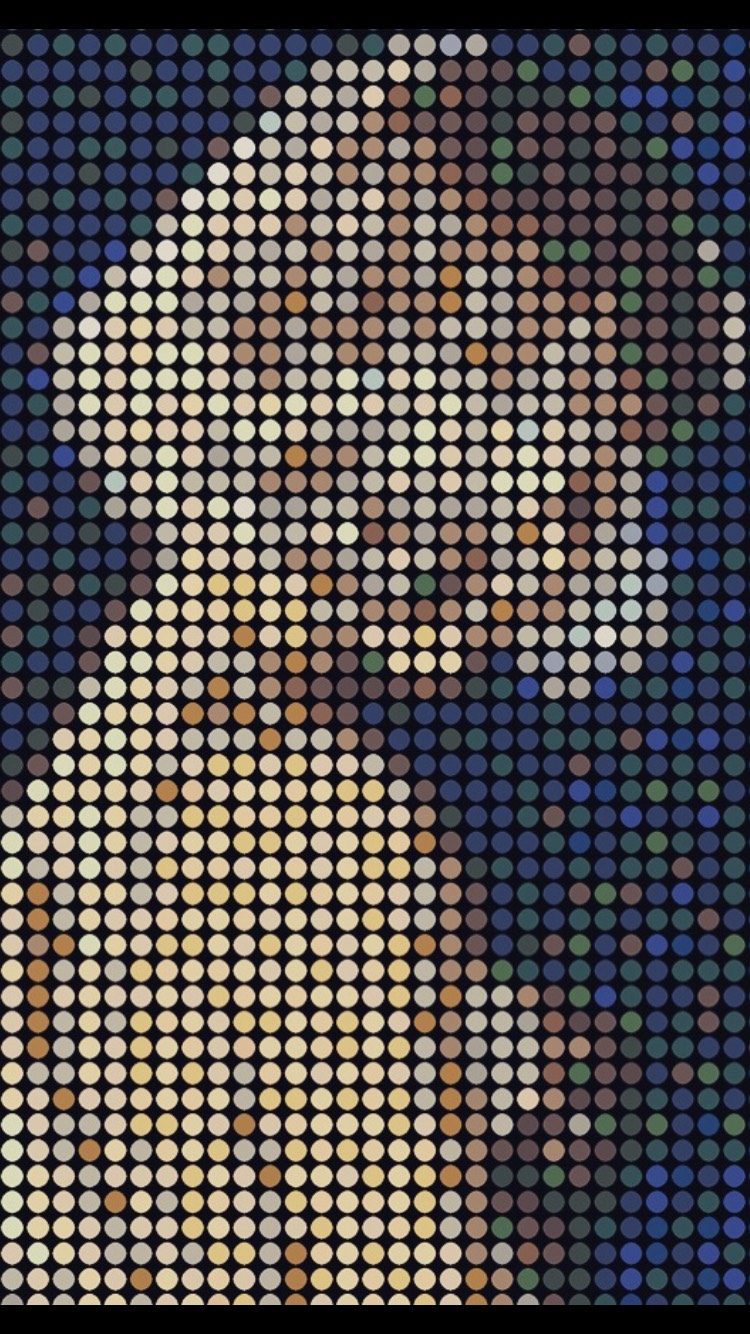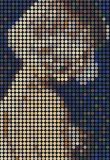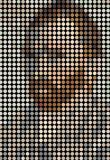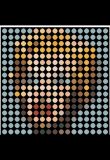DIMITRI LIKISSAS
Contemporary artist, Dimitri Likissas is now presenting his first US solo show at the prestigious Guy Hepner Gallery in New York.
In association with The Tax Collection, the exhibition of Belgium-born artist, which is entitled, Pointillism Revisited gives the viewer a fresh interpretation on the usage of dots in painting. He also incorporates academic notions from Josef Albers’ color theory which explores how colors and shapes can produce visual tricks.
“Visual perception of color is almost never seen as it really is – as it physically is – making color the most relative medium in art. In order to use color effectively it is necessary to recognize that color deceives continually.” Josef Alber
How did you get into the industry? I am an autodidact (no formal training). I would say that I was born an artist. I have the personality of a creator, I have a need to create, conjure things and have a lot imagination and am driven to manifest my creations. Twenty four years ago I started to work in a newspaper as a graphic designer making advertisements the old fashioned way making Xerox copies of clipart books then cut the clipart with scissors and assemble an advertisement which was really a collage using adhesive putty, and then go to the darkroom and shoot the ad, expose the film, make the separations, burn the plates etc, so I learned all this graphic work (pre-press) by doing. When I was a kid I used to paint Americana (logos) on jeans pants and jeans jackets for the kids in school for money.
How would you sum up your aesthetic? In the very beginning I somehow always wanted to incorporate 2 to 3 circles in my works. I felt they had a certain energy. My reasoning was that there is ‘circulation’ in a circle compared to a square that has corners (no one likes to be pushed in a corner) in a circle you are free. Freedom is important to me. I also likened the combinations of circles or dots as a molecule which is a group of atoms which have patterned geometries and vibrate. I used to call them ‘powerdots’.
Later, I discovered Roy Lichtenstein’s and his use of ‘Ben Day Dots’ which almost came as a revelation to me where for example a mass – metaphorically, just like the molecules, atoms of one color spread out in a pattern can make up another color, like a pattern of magenta dots, spread out far enough creates pink. The only thing I didn’t like is the pattern, a pattern is again where we lose freedom, it’s a set of rules. But in life, we need to follow a set of rules to reach certain goals. In my case, I use a combination of that pattern which creates not only illusions of colors of its own but also each neighboring different color dots like with Albers’ color theory create yet again another color illusion. All this fascinates me.
Talk us through the exhibition…In the exhibition, I included four bodies of work for the people to see where this all can go with the dots, from textual work, to pop icons, to abstracts and general.
What’s in the name? The name of the show is very applicable as I combine techniques used from old master artists and translate it in my own pointillist way.
Is there a piece that you connect with the most? It is hard to tell, as I connect with all the works exactly because of the dot pattern of each differently colored dot creating the image with varied visible cognition as per the distance from the work.
How has your work evolved? My work has evolved from using a monochrome dot pattern as background with a traditional subject juxtaposed on top, to where we are today, where all you see is the same dot pattern, but now the subject is in there as well, just by coloring the dots differently.
What were the greatest lessons learned when it comes to art? That not everyone sees the same thing looking at something and that art is not necessarily about technical skills.






